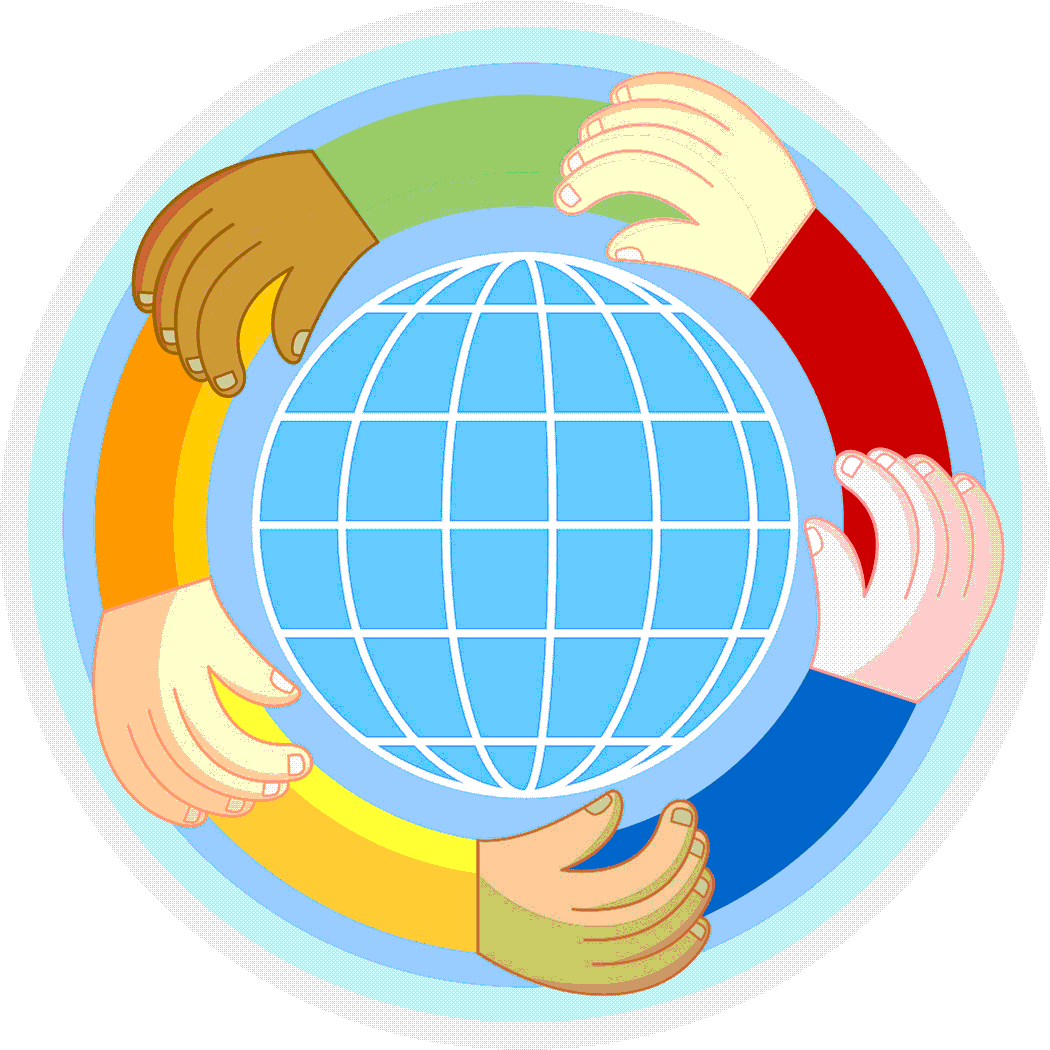Service-learning is a method of teaching, learning and reflecting that combines academic classroom curriculum with meaningful service, frequently youth service, throughout the community. As a teaching approach, it falls under the category of experiential education. More specifically, it integrates expressive community service with instruction and reflection to enrich the learning experience, teach civic responsibility, encourage lifelong civic engagement, and strengthen communities.
Effect on Engineering Education
Many engineering educators consider service learning as the solution to several prevalent problems in engineering education today. In the past, engineering curriculum has fluctuated between emphasizing engineering science to focusing more on practical aspects of engineering. Today, many engineering educators are worried their students do not receive enough practical knowledge of engineering and its context. Some speculate that adding context to engineering help to encourage engineering students’ studies and thus improve retention and diversity in engineering schools. Others feel that the teaching styles do not match the learning styles of engineering students.
Many engineering faculty members think the educational solution depends in taking a more constructivist approach, where students construct knowledge and connections between nodes of knowledge as opposed to passively absorbing knowledge. Educators see service learning as a way to both implement a constructivism in engineering education as well as match the teaching styles to the learning styles of typical engineering students. As a result, many engineering schools have begun to integrate service learning into their curriculums.
Key Components
- Curricular connections– Incorporating learning into a service project is key to successful service learning. Academic ties should be clear and build upon existing disciplinary skills.
- Student voice– Beyond being actively involved in the project itself, students have the opportunity to select, design, implement, and evaluate their service activity, encouraging relevancy and sustained interest. In community settings, this is alternatively called youth voice.
- Reflection– Structured chances are created to think, talk, and write about the service experience. The balance of reflection and action allows a student to be constantly aware of the impact of their work.
- Community partnerships– Partnerships with community agencies are used to recognize genuine needs, provide mentorship, and contribute assets towards completing a project. In a successful partnership, both sides will give to and benefit from the project. In order for this partnership to be successful, clear guides must be implemented as to how often a student engages in service to a particular community agency.
- Authentic community needs – Local community members or service recipients are involved in determining the importance and depth of the service activities involved.
- Assessment– Well-structured assessment instruments with constructive feedback through reflection give valuable information regarding the positive ‘reciprocal learning’ and serving outcomes for sustainability and replication.
Typology
As Defined by Robert Sigmon, 1994:
Service-LEARNING: Learning goals are primary; service outcomes are secondary.
SERVICE-Learning: Service outcomes are primary; learning goals are secondary.
service learning: Service and learning goals fully separate.
SERVICE-LEARNING: Service and learning goals are of equal weight and each improves the other for all participants.
In this comparative form, the typology is helpful not only in instituting criteria for distinguishing service-learning from other types of service programs but also in giving a basis for clarifying distinctions among various types of service-oriented experiential education programs (e.g., school volunteer, community service, field education, and internship programs)
